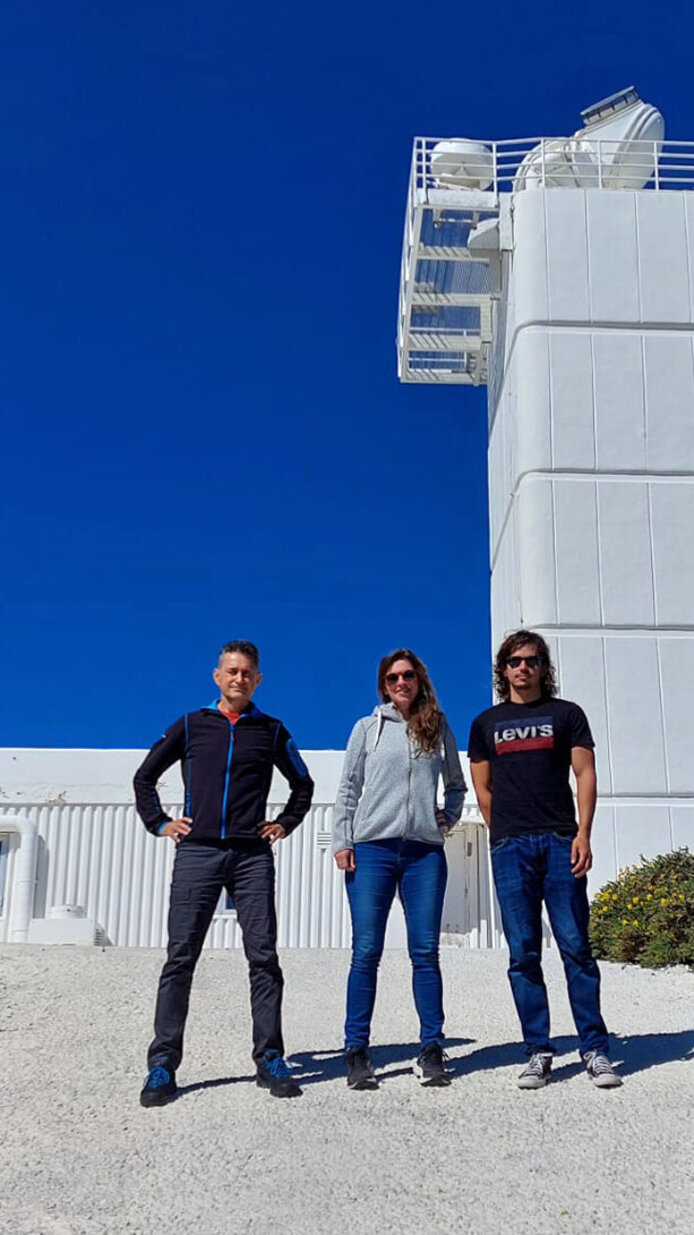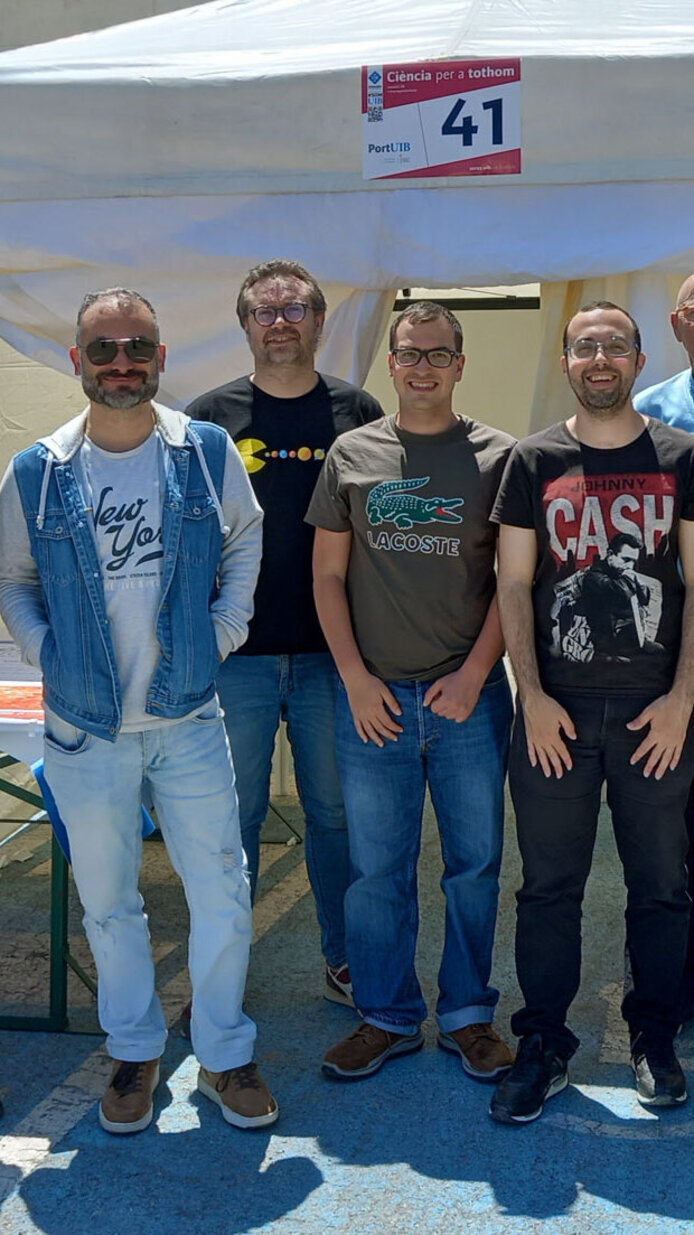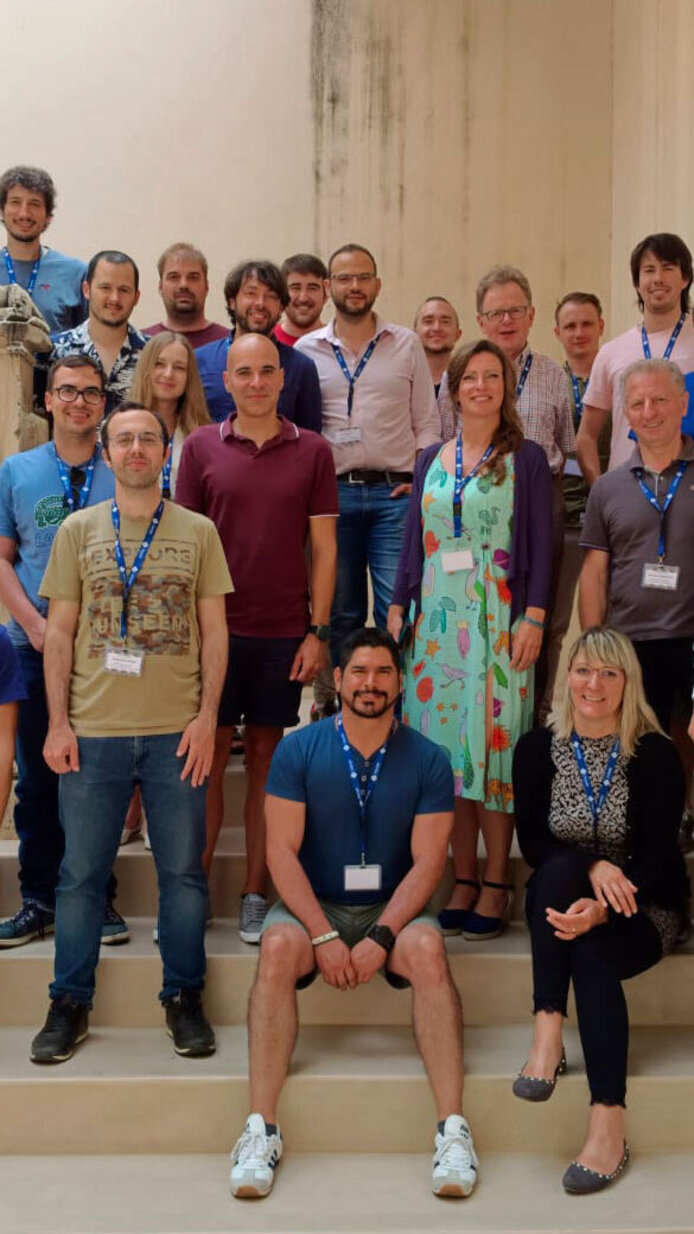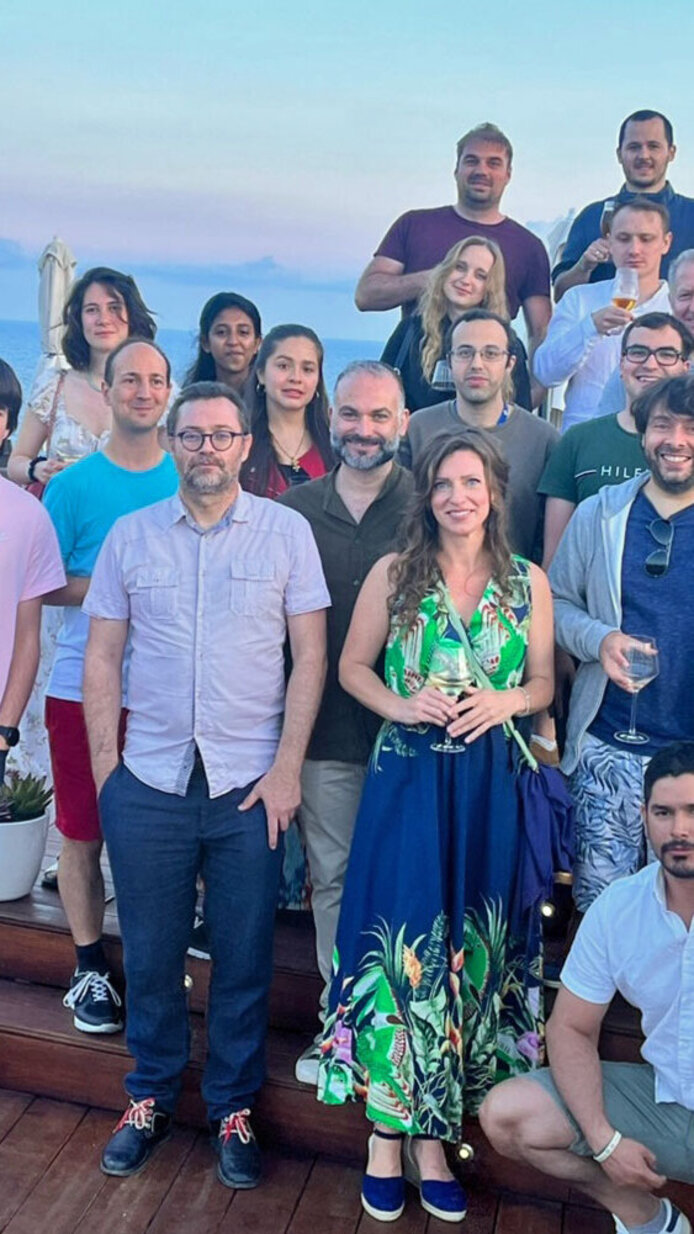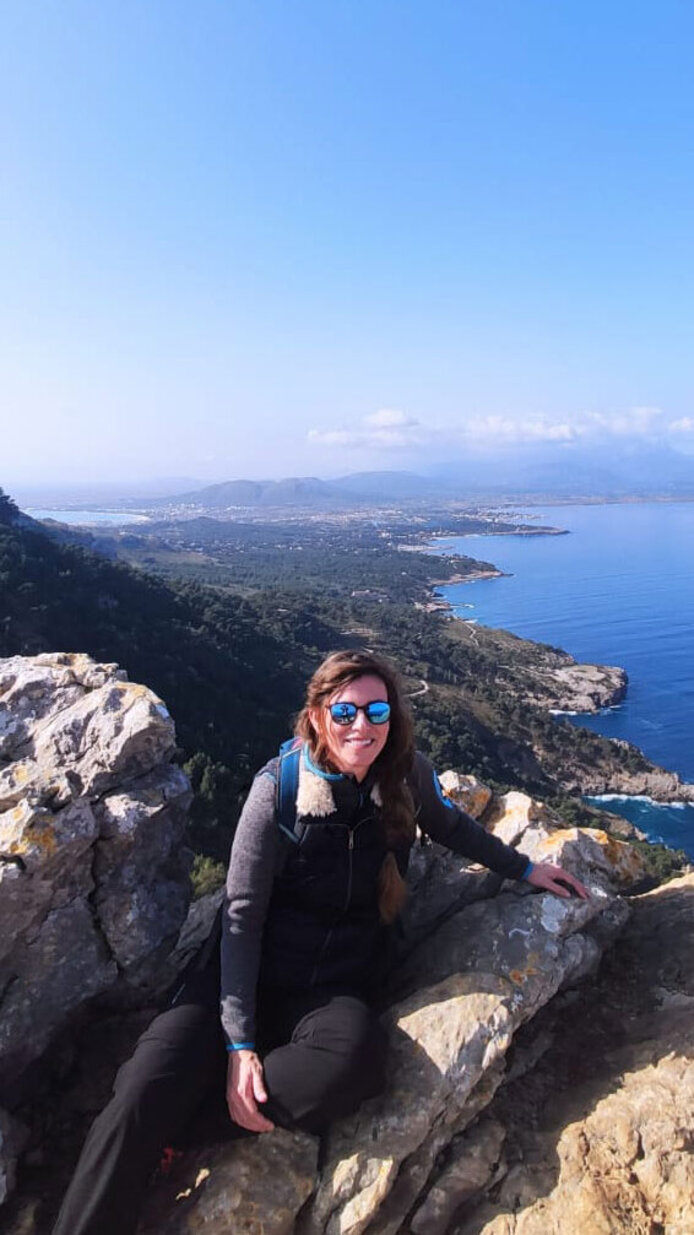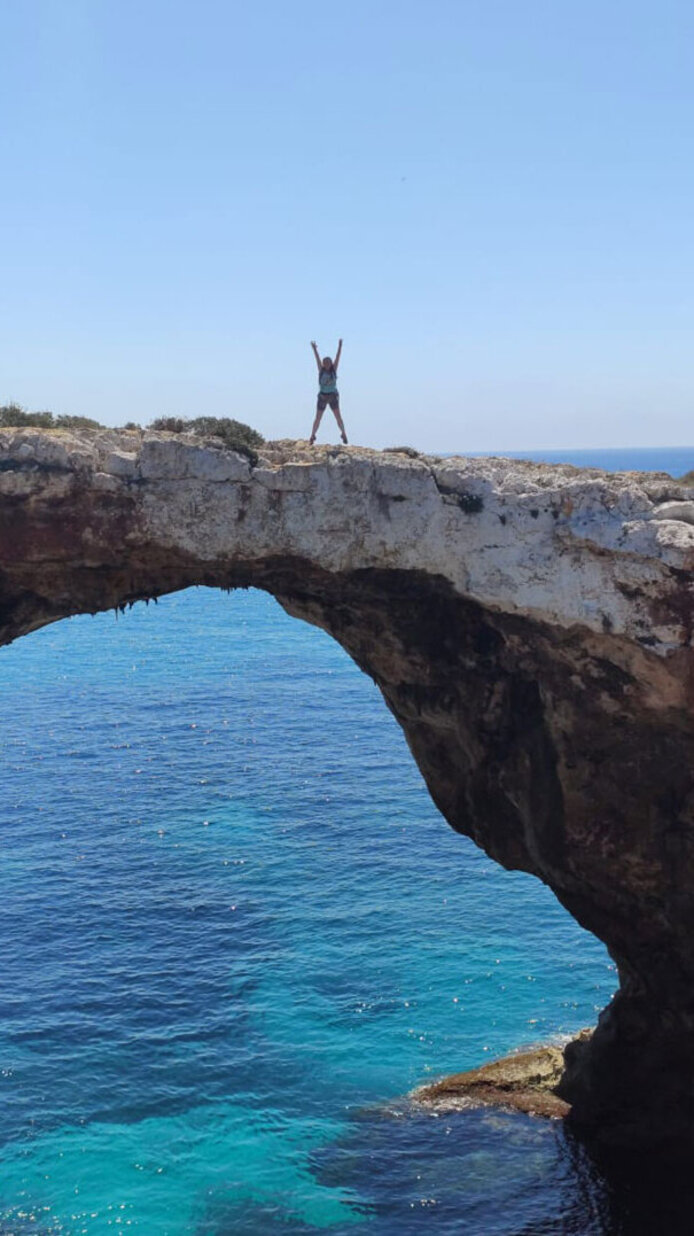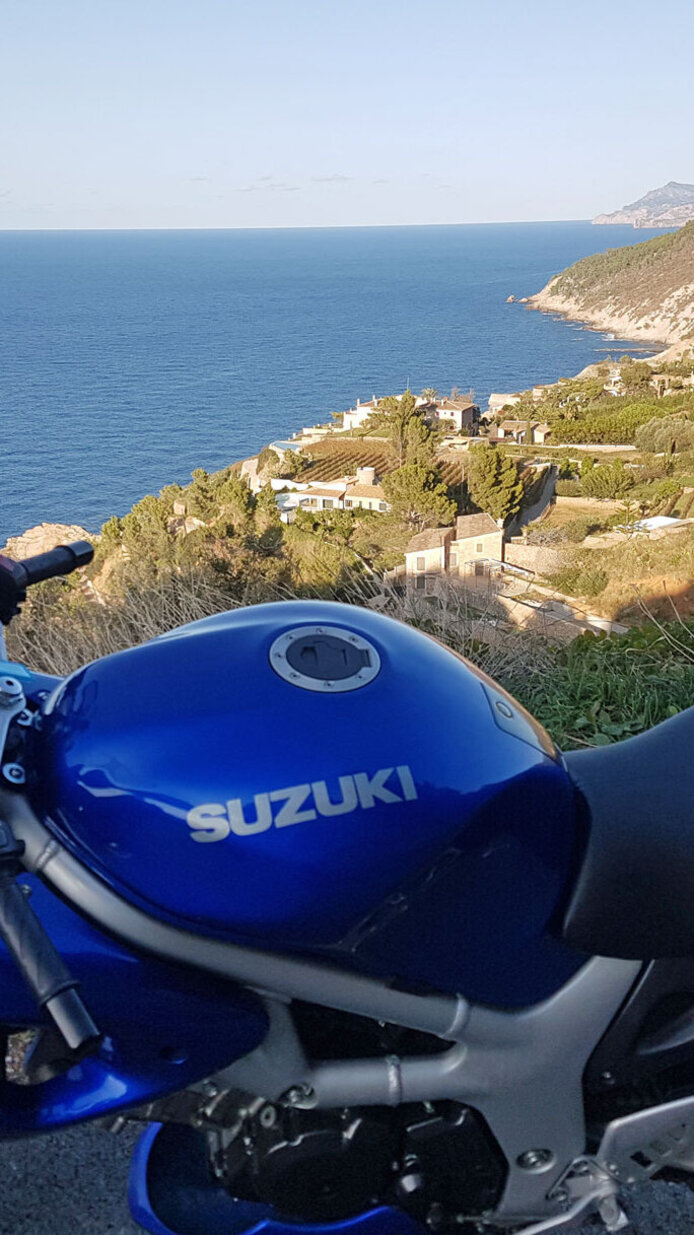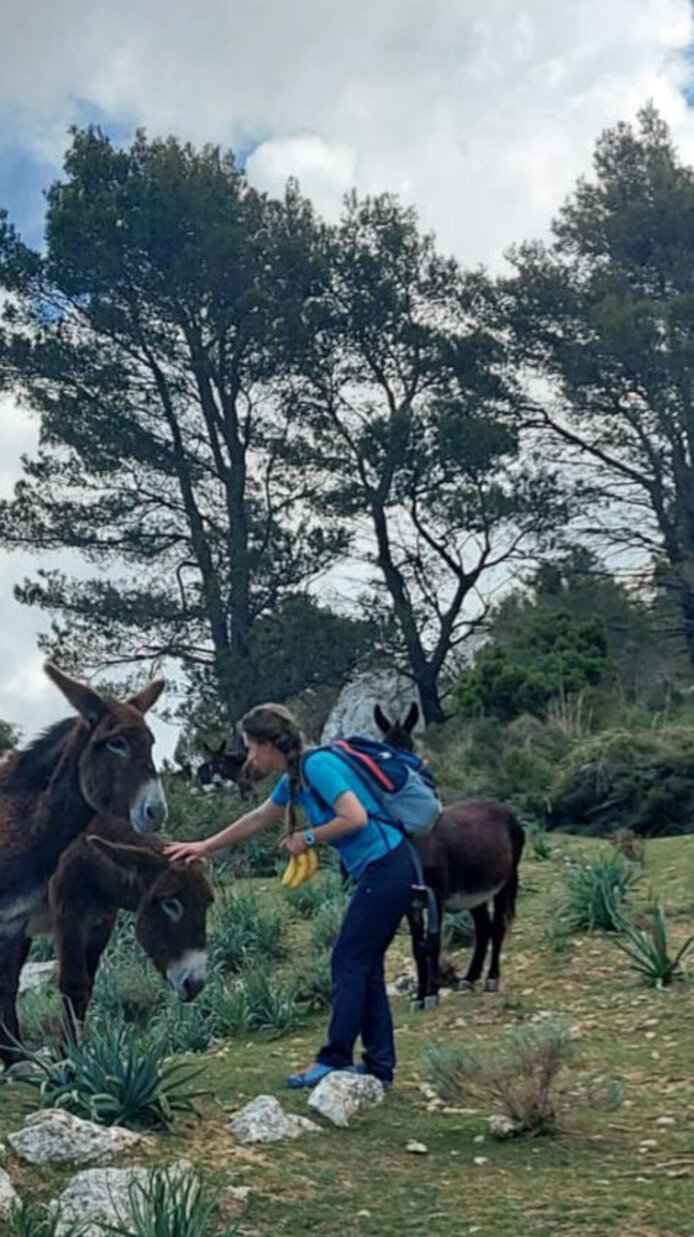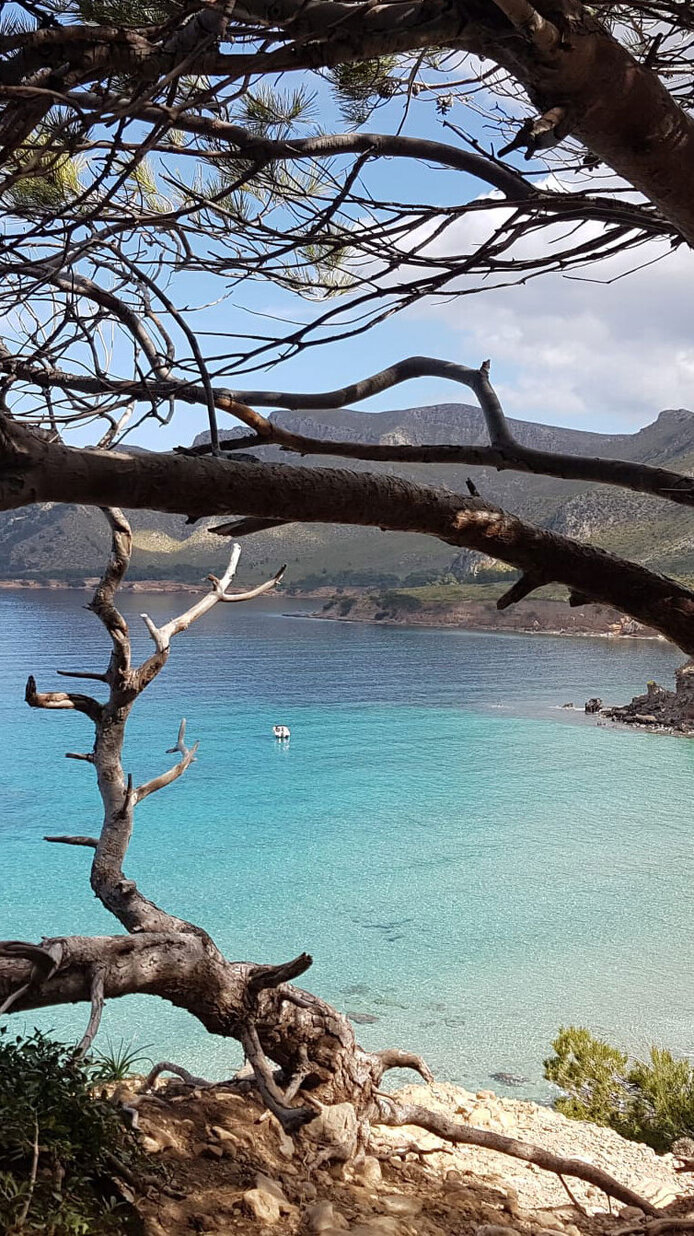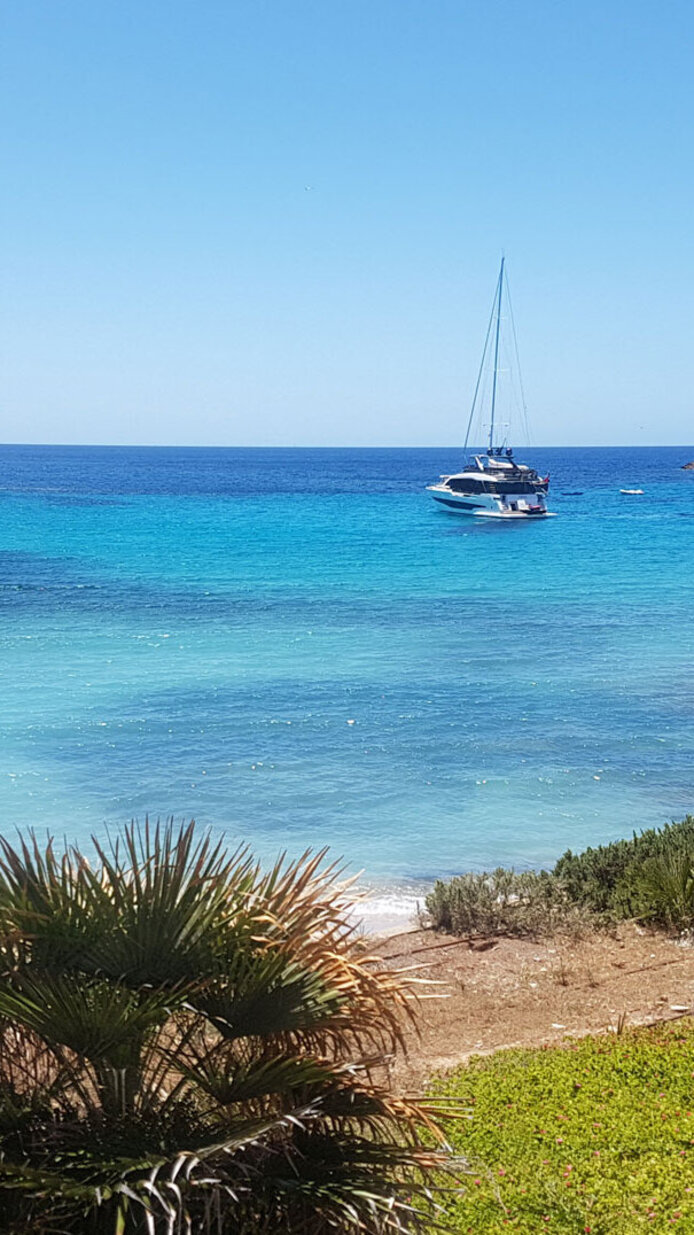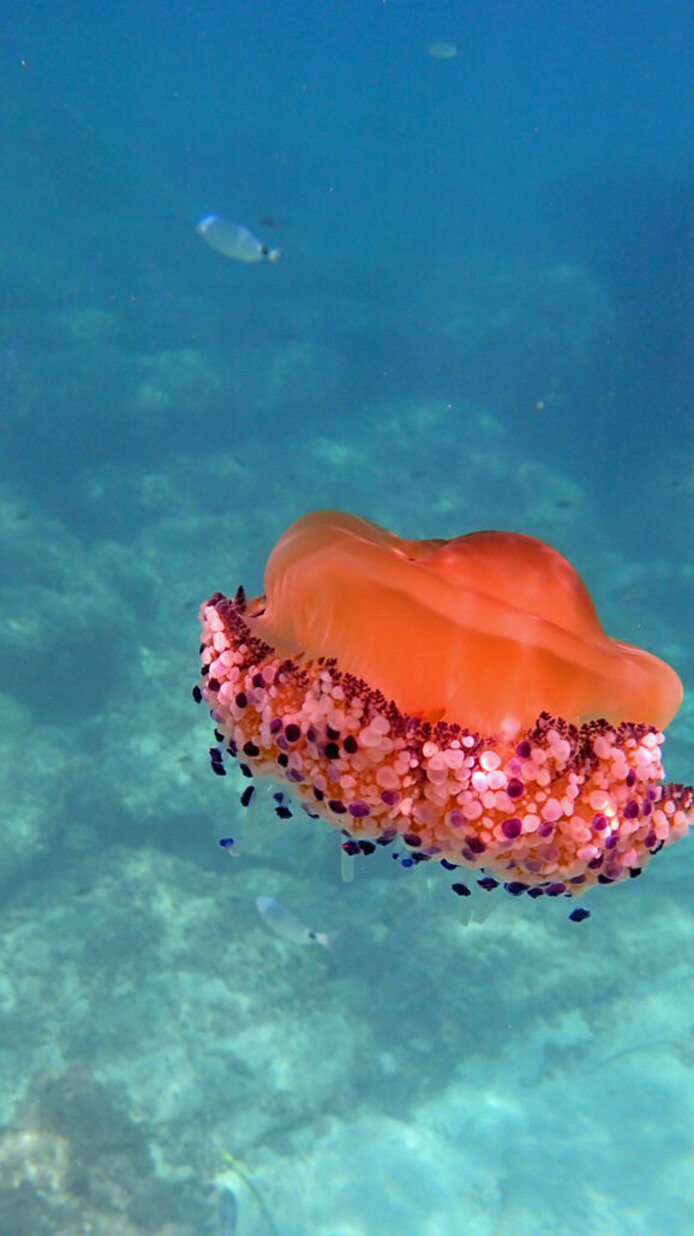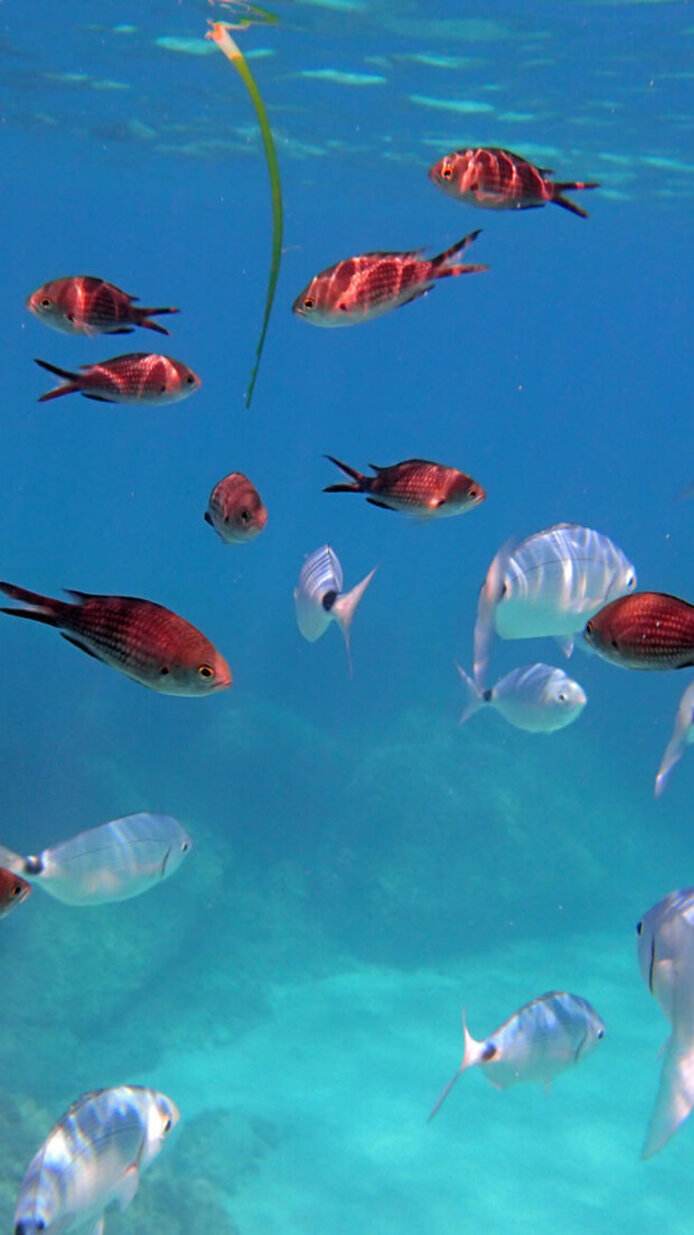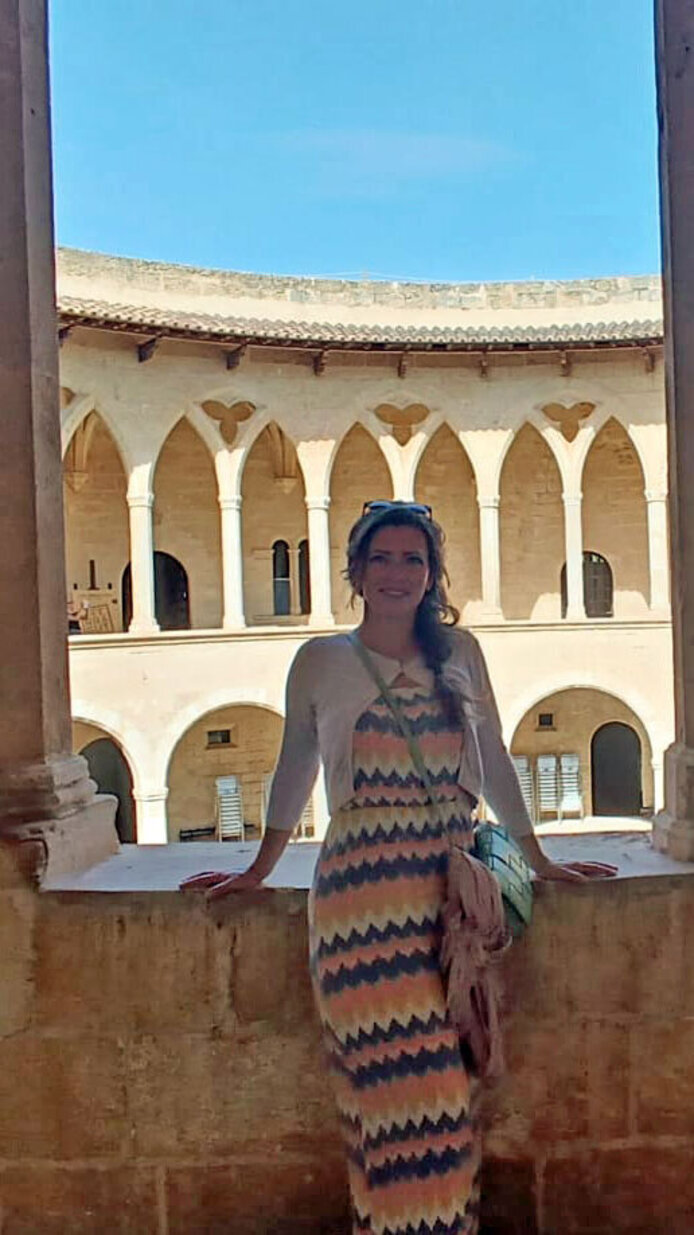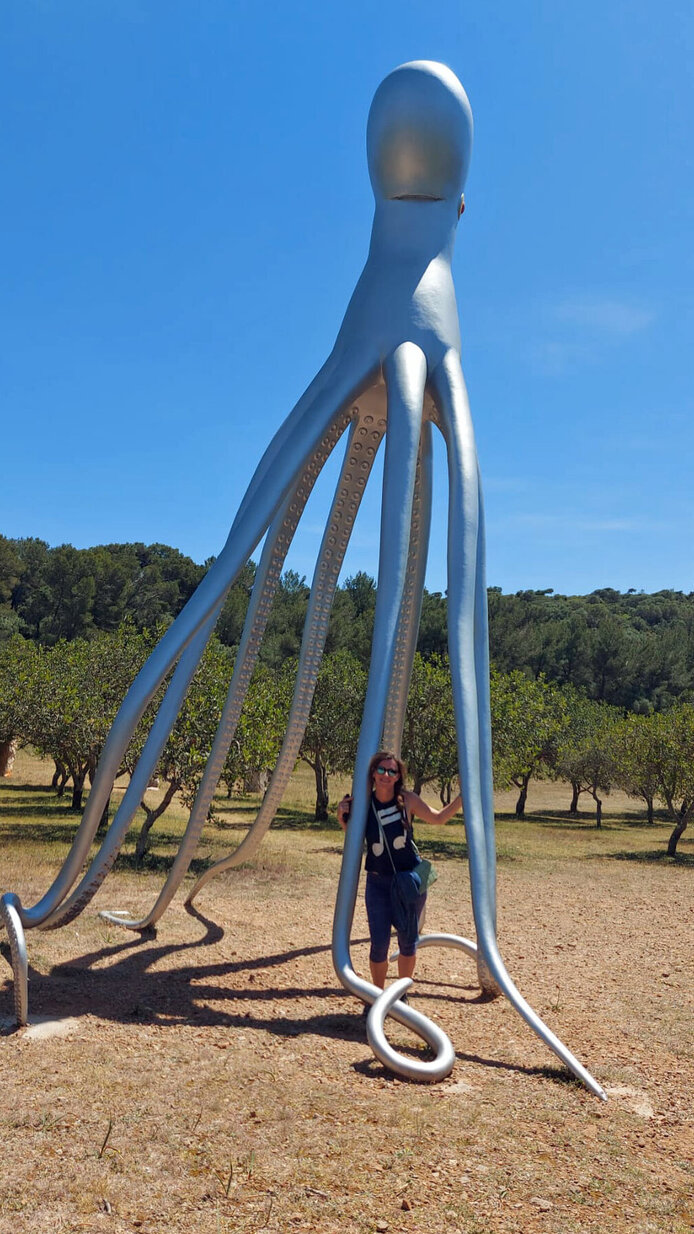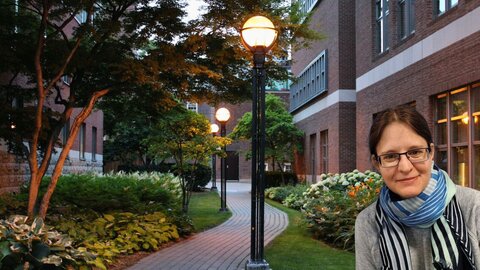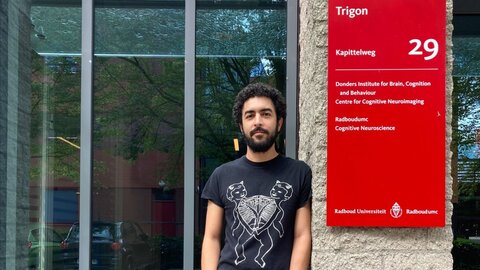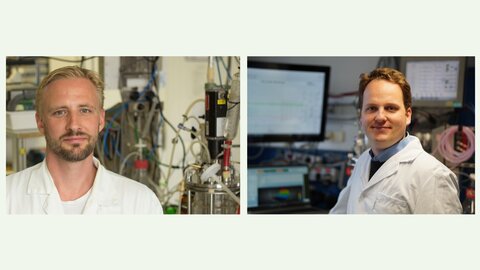Seeking the Sun in Mallorca
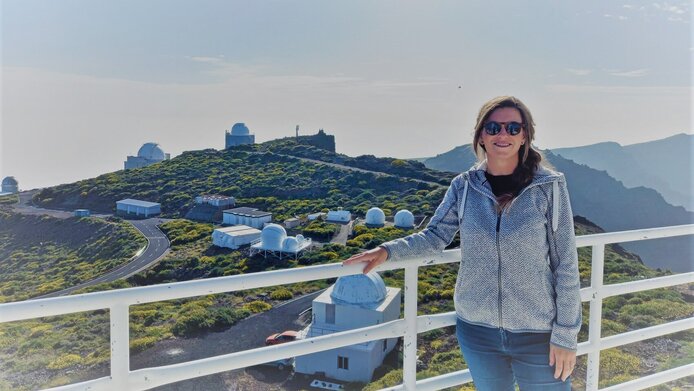
Faust’s wish “that I may know what holds the world together at its core” may not be the most original of Goethe quotes and a bit overused, but it quite accurately describes the excitement and curiosity I felt as a schoolgirl when deciding which course of study would be most helpful for me to be able to contribute to the finding of answers to the really big questions. At first, I was drawn to mathematics. As a formal science and a kind of universal scientific language, the answers it promises may be abstract but they are extremely comprehensive and generally valid.
Even though I was fascinated by mathematics, I soon found out that this is not enough if you want to understand larger and cross-cutting connections between the different disciplines. This is what awakened my interest in physics and philosophy. After I had finished my studies in mathematics, my doctoral studies were devoted to astrophysics, and especially solar physics.
Scientific exchange
Very early on during my PhD, I saw opportunities developing for collaborations with various solar physicists throughout Europe. And so I applied for a Schrödinger fellowship in Palma de Mallorca in order to pursue my own research ideas at the university there. Owing to my stay in Mallorca, the philosophy studies I am doing at the University of Graz are somewhat on the backburner right now. Nonetheless, my scientific work in Spain provides me with a lot of inspiration and new ideas that will definitely feed into my master’s thesis in philosophy, which focuses on the epistemic role of deep learning in the natural sciences. One of my great concerns in general terms is interdisciplinarity in scientific discourse and communicating between the natural sciences and the humanities. One of the great aspects of the Schrödinger Fellowship is the unique opportunity it offers for international, trans- and interdisciplinary scientific exchanges.
Solar physics in Mallorca
The Solar Physics Research Group at the University of the Balearic Islands (UIB) in Palma de Mallorca consists of a renowned and internationally known team of physicists specializing in the theory of magnetohydrodynamic waves in the solar atmosphere. I found the expertise of the scientists at this institution extremely helpful for my project on the interactions between coronal waves and coronal holes. The corona is the outermost layer of the Sun’s atmosphere, and although sophisticated satellite missions enable us to see many details of its structure, important questions remain partially unresolved. One of the most interesting phenomena solar physicists have been looking into for more than 100 years is the question of why the corona has very high temperatures compared to the lower layers of the solar atmosphere.
A coronal heating problem
Coronal holes are the darkest regions in the Sun’s corona and when they interact with coronal waves we can observe interesting phenomena such as reflected waves or magnetic bright spots. The properties and associated parameters of these reflected waves are not yet understood in every detail, but they are very important for us to better understand the dynamic processes in the corona and, thus, the coronal heating problem.
In the context of the Schrödinger project, we have been able to compare the theoretical results with newly generated simulation results, but also with satellite data from the Solar Dynamics Observatory (SDO). This combination of theory, numerical simulations and observational data enables us to determine important parameters of these interaction processes, which have previously been very difficult to derive directly from observational data.
Research stay at the observatory
My research stay has confronted me with extremely varied task and challenges, including not only the usual seminars and lectures, but also a research spell at the Observatorio del Roque de los Muchachos (La Palma, Canary Islands) and the organization and management of an international conference on solar physics in Palma de Mallorca.
Work on the 1-m Swedish Solar Telescope (SST), Europe’s largest solar telescope, aimed at generating new observational data of the solar atmosphere and comparing them with simulation results. Studying the weather situation, which is crucial for the quality of the observation data, climbing up the tower of the SST on which the telescope is located, and finally opening the cover manually, were unforgettable and exciting moments for me, since the everyday professional life of many physicists takes place largely in front of a computer screen.
Conference duties
Organizing a conference entitled The Next Frontier: Linking Simulations with Observations of the Solar Atmosphere was also a source of new experiences and challenges. From the selection of the presentations and the preparation of the scientific program to the planning of the social activities and the culinary fare for the participants – each task offered new opportunities for personal growth. Being in charge of this international meeting was of great importance to me, as the organization and management of conferences are an essential part of contemporary academic life.
Life off the tourist tracks
In Austria, Mallorca is primarily known for the notorious “Ballermann” party beach, but actually you have to look long and hard for it, since this is a fairly short stretch of beach when compared to the size of the island. The rest of the island is mainly characterized by a unique natural landscape that includes breathtaking beaches and the beautiful Tramuntana mountain range. In the winter, the mountains on Mallorca are attractive to hikers and climbers and make even the heart of an Austrian who is used to the Alps,beat faster because of the great variety of hiking routes. The numerous beaches and bays are great for observing a wide variety of fish, colorful jellyfish, most of them harmless, and even sometimes the shy dolphins when the waves are calm. On firm ground you find wild goats, donkeys, flamingos and many species of birds of prey. All in all, Mallorca is an absolute paradise for lovers of nature.
Art and culture
If you are new to Mallorca, you may be surprised not only at the beauty of nature, but also at the island’s rich cultural offerings. A multitude of concerts, opera performances, dance events and music festivals take place throughout the year both outdoors and in concert halls resplendent in Spanish architectural design. Palma is blessed with an outstanding number of museums and galleries and there is hardly an alley in the old town of Mallorca’s capital without a gallery or exhibition space of a wide variety of artists. In addition to the overwhelming natural beauty and the huge array of cultural offerings, the fantastic food and the warm-hearted inhabitants of Mallorca made it easy for me to feel at home on this island very quickly. I am incredibly grateful for almost two years in Palma de Mallorca that were years of growth as a scientist but also years of cultural enrichment and personal development.
